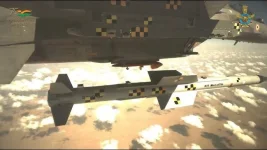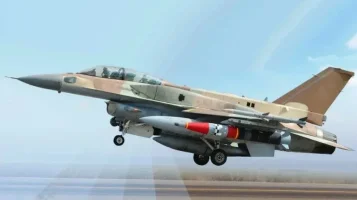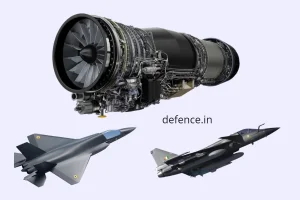- Views: 2K
- Replies: 9
In a major enhancement to its air combat capabilities, the Indian Air Force (IAF) is moving forward with plans to equip its frontline fighter jets, including the Sukhoi Su-30MKI and the indigenous Tejas aircraft, with the highly advanced Meteor beyond-visual-range (BVR) air-to-air missile.
European missile manufacturer MBDA has given its approval for the integration, contingent on the use of locally developed Indian radar systems, a move that resolves long-standing technical and geopolitical challenges.
The Meteor missile is widely regarded as one of the most capable in the world due to its unique ramjet propulsion system.
Unlike traditional missiles that lose energy after their motor burns out, the ramjet allows the Meteor to maintain high speeds and maneuverability over extended distances, creating a significantly larger "no-escape zone" for enemy aircraft at ranges exceeding 200 kilometres.
This capability will provide IAF pilots with a decisive advantage in air-to-air engagements.
A key condition for the missile's integration, particularly on the Russian-origin Su-30MKI fleet, was the assurance that no sensitive targeting data would be accessible to the aircraft's original Russian avionics.
According to a senior IAF official, this hurdle has been overcome by pairing the Meteor with India's own indigenously designed Active Electronically Scanned Array (AESA) radars. This ensures technological sovereignty and prevents any potential data leaks.
The IAF's fleet of over 260 Su-30MKI jets, currently armed with the Russian R-77 missile with a range of approximately 110 km, is slated for a significant upgrade.
The plan involves a layered BVR missile capability, combining the Indian-made Astra series of missiles with the European Meteor. This hybrid approach enhances strategic autonomy by reducing reliance on a single supplier while leveraging superior Western missile technology.
This modernisation effort will be enabled by replacing the Su-30MKI's existing Russian N011M Bars radar with a new indigenous Gallium Nitride (GaN) AESA radar, codenamed 'Virupaksha'.
Developed by the Defence Research and Development Organisation (DRDO), this powerful radar is expected to have a detection range of over 300 km.
The first 84 Su-30MKIs are scheduled to begin receiving this radar and missile upgrade from 2030 onwards.
The integration plan also extends to India's home-grown fighter, the Tejas. The second batch of the Tejas Mk1A and the forthcoming, more advanced Tejas Mk2 will be equipped with the Meteor missile.
These aircraft will feature Indian-made Uttam series GaN AESA radars, developed by DRDO's Electronics and Radar Development Establishment (LRDE).
This synergy between an indigenous aircraft, a domestic radar, and a top-tier European missile will significantly boost the combat potential of the Tejas platform.
The adoption of indigenous GaN-based AESA radars across its fighter fleet is a critical step for the IAF.
This advanced radar technology offers superior performance, including longer detection ranges, the ability to track multiple targets simultaneously, and enhanced resistance to electronic jamming, ensuring that the aircraft can effectively guide advanced missiles like the Meteor to their targets.




